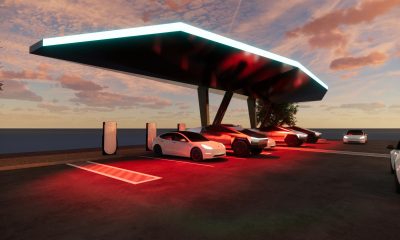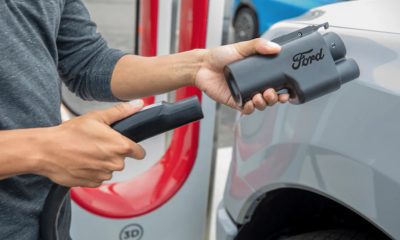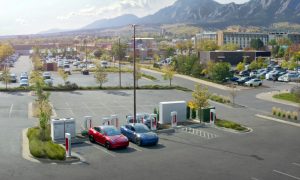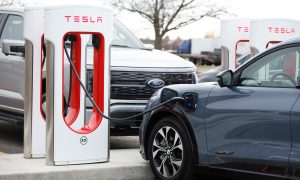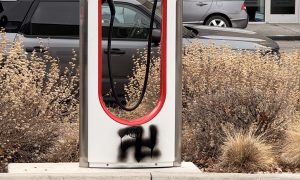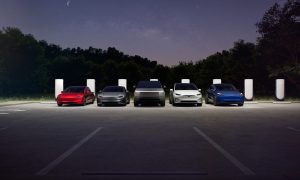News
Tesla to end free unlimited Supercharger use beginning in 2017
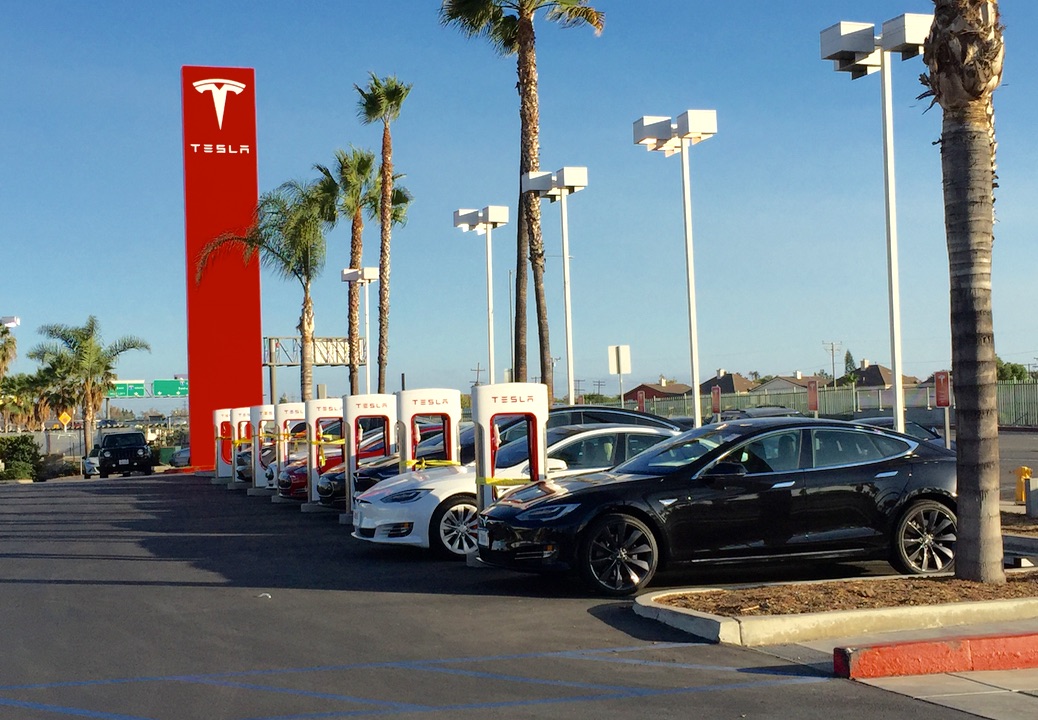
A new post on the Tesla Blog today announces a significant change to the company’s Supercharger policies. Tesla says the changes will allow it to “reinvest in the network, accelerate its growth and bring all owners, current and future, the best Supercharging experience.”
“For Teslas ordered after January 1, 2017, 400 kWh of free Supercharging credits (roughly 1,000 miles) will be included annually so that all owners can continue to enjoy free Supercharging during travel. Beyond that, there will be a small fee to Supercharge which will be charged incrementally and cost less than the price of filling up a comparable gas car. All cars will continue to come standard with the onboard hardware required for Supercharging.”
The announcement says the changes will not apply to anyone who orders a new Tesla before January 1, 2017, provided delivery is completed prior to April 1, 2017. It says it will release more details about the new Supercharger policy later this year. Tesla does say that while “prices may fluctuate over time and vary regionally based on the cost of electricity, our Supercharger Network will never be a profit center.” Here’s more:
“Just as you would charge your cell phone, we believe the best way to charge your car is either at home or at work, during the hours you’re not using it. For travelers, the Supercharger Network has become a powerful, unique benefit of Tesla ownership. As we approach the launch of Model 3, this update will enable us to greatly expand our Supercharger Network, providing customers with the best possible user experience and bringing sustainable transport to even more people.”
How will Tesla owners pay for Supercharger usage? We don’t have specifics, but a good guess is that they will be able to purchase credits through their MyTesla account in much the same way E Z Pass members buy credits in advance for highway tolls. It could also be included in the Tesla Network that Elon has hinted about recently. The company could also offer unlimited free charging as an extra cost option for those who travel extensively.
As Tesla gets closer to the production date of the Model 3, many current owners were concerned that more Teslas on the road would mean longer waiting times at Supercharger locations. This new policy should help alleviate any tendency to overuse the Supercharger network. It may also provide a nice bump in orders as Tesla races to meet year end production goals.
News
Tesla Giga Berlin sets record for free EV charging park
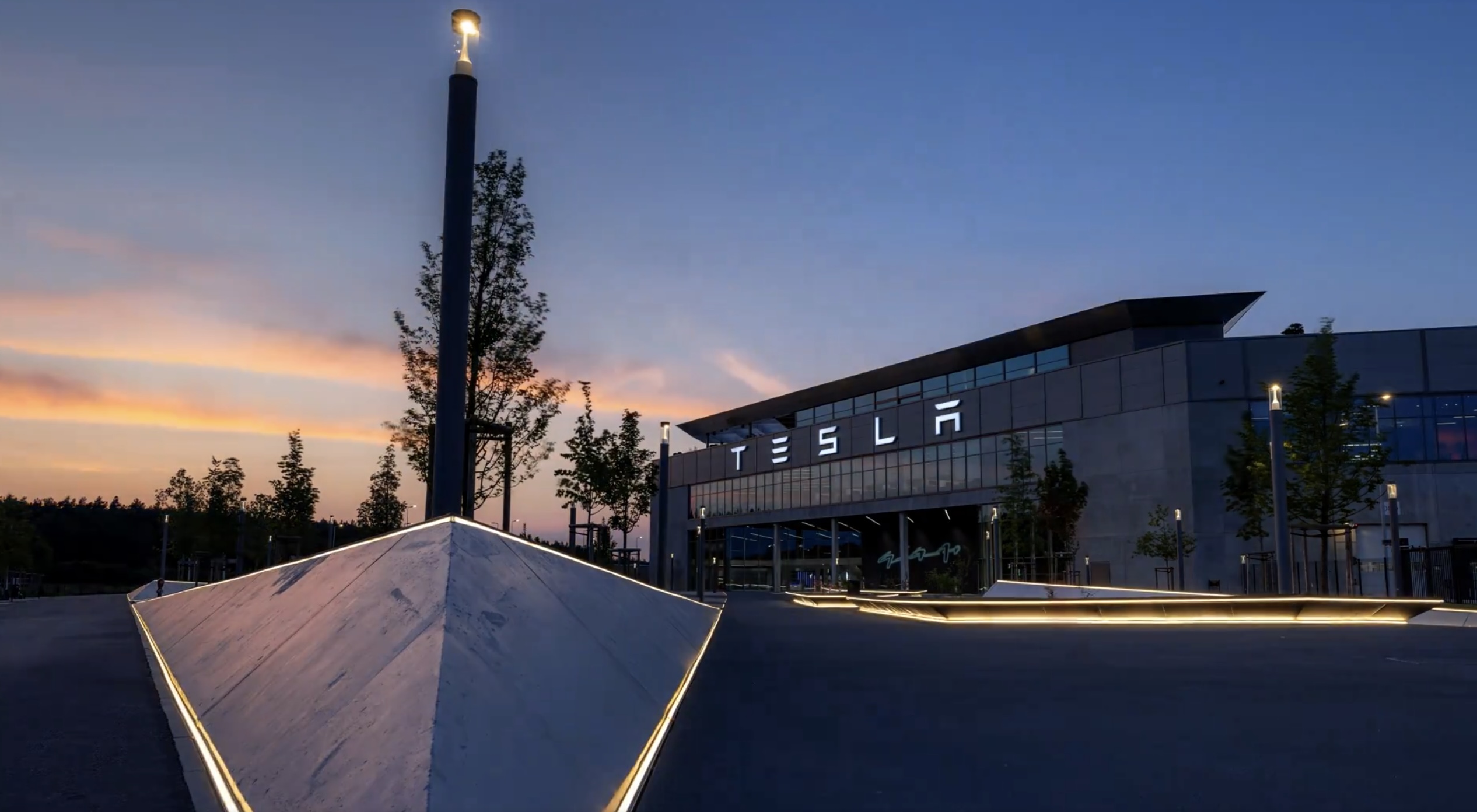
Tesla Giga Berlin boasts the world’s largest free charging park.
Visitors to Tesla’s Gigafactory in Grünheide can’t miss the sprawling network of 546 charging stations peppering the parking areas, dwarfing other global contenders. The U.S. automaker’s setup snatched the title of the world’s largest charging park from a 259-station lot in Merklingen, Germany, per the German Automobile Association (ADAC).
Located off the A10 near Berlin, Tesla’s charging hub isn’t just for show. Tesla Giga Berlin’s EV charging areas feature 527 chargers in the south, 19 in the north, and 226 covered charging stations. The stations pack 11-kilowatt chargers, delivering up to 71 kilometers of range hourly.
Tesla’s covered EV chargers tap into hundreds of solar panels mounted onto the parking lot roofs. The American EV maker shared that with the solar panels, the covered EV chargers have a maximum power capacity of 1 MW.
Tesla’s solar panel system eases concerns about its free charging straining local grids during peak demand. The Gigafactory’s charging hub serves practical needs and showcases Tesla’s vision for an EV-driven future.
Most of Tesla Giga Berlin’s stations are free for employees, visitors, and passersby. The only Tesla chargers subject to monetary charges are the Superchargers.
A Tesla spokesperson noted, “There is also a public Supercharger station, which is subject to regular rates.” The 19 V4 Superchargers, open to all EV brands at 250 kW, cost non-Tesla drivers 53 cents per kWh.
Last month, Tesla Giga Berlin produced its 500,000th Model Y unit after opening on March 22, 2022. It took the factory over 1,100 days to produce half a million Model Y vehicles. Compared to Giga Shanghai, Giga Berlin’s speed is lacking. However, Tesa’s factory in Germany has significantly contributed to the company’s goals since it started operations.
News
Hyundai’s Georgia EV plant clears environmental review of its water usage
The Army Corps says Hyundai’s plant poses “insignificant” water risks despite using 6.6M gallons/day. Ogeechee Riverkeeper remains cautious.
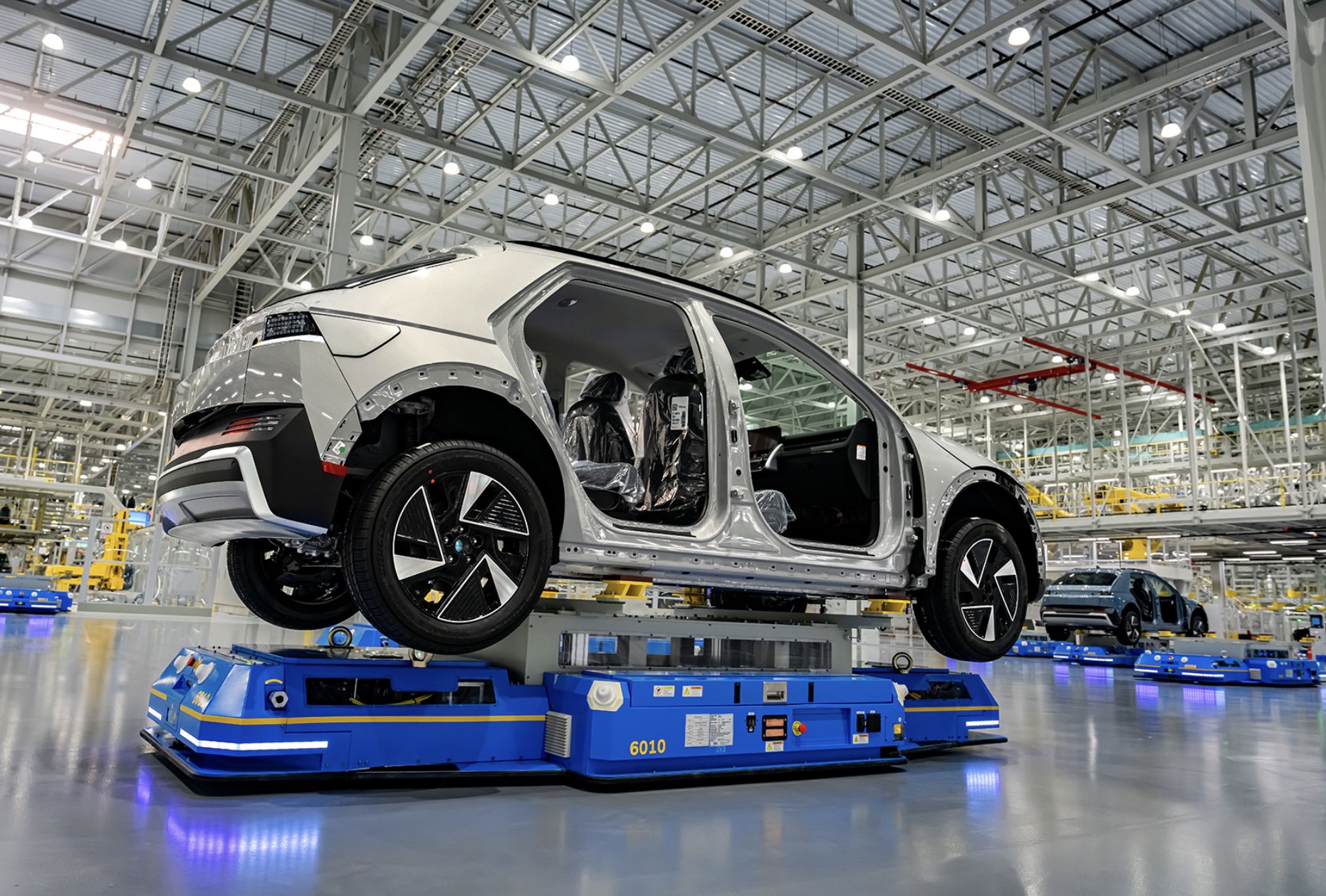
Hyundai’s $7.6Belectric vehicle (EV) plant in Georgia cleared an environmental review concerning its water usage.
In August, the U.S. regulator, The Army Corps of Engineers, agreed to revisit Hyundai Motor Group Megaplant America’s (HMGMA) permit standards regarding water usage after a conservation group threatened to sue. Last August, the Ogeechee Riverkeeper group pushed back against Hyundai’s permit, citing risks to the region’s drinking water from the plant’s 6.6 million daily gallons usage.
After reviewing Hyundai’s water usage for months, the U.S. regulator concluded that HMGMA’s permit required no changes.
The Corps’ memo stated: “The impacts on the environment as a result of this permit have been evaluated and found to be insignificant.” It noted a “long-term minor effect” on water supply, a shift from 2022’s “negligible” label.
Ogeechee’s legal director, Ben Kirsch, responded to the agency’s findings. “We do not yet know what, if any, ramifications will come from that,” adding, “Until we review that decision document, we cannot offer substantive comments, but we continue to monitor actions around this permit closely,” Kirsch said.
Hyundai’s Georgia plant has also hit wastewater issues since it started operations. The City of Savannah issued a permit to accept HMGMA’s wastewater on August 30, 2024. However, the city’s water treatment facility stopped taking the EV plant’s wastewater by September 2024.
The city noted the wastewater was “affecting biological processes” and did not stop taking the Hyundai factory’s wastewater due to Hurricane Helene. Hyundai received a Notice of Violation in October, with the City of Savannah working with Georgia’s EPD and Bryan County to resolve the issue.
The clearance keeps Hyundai’s Georgia plant on track. Despite HMGMA’s water usage issues and wastewater hiccups, the Army Corps ruling signals confidence in the project’s environmental footprint, though local oversight persists amid water supply concerns.
News
Tesla China discontinues Model S and Model X orders amid tariff war
The updates to Tesla China’s lineup were observed by electric vehicle watchers on social media.
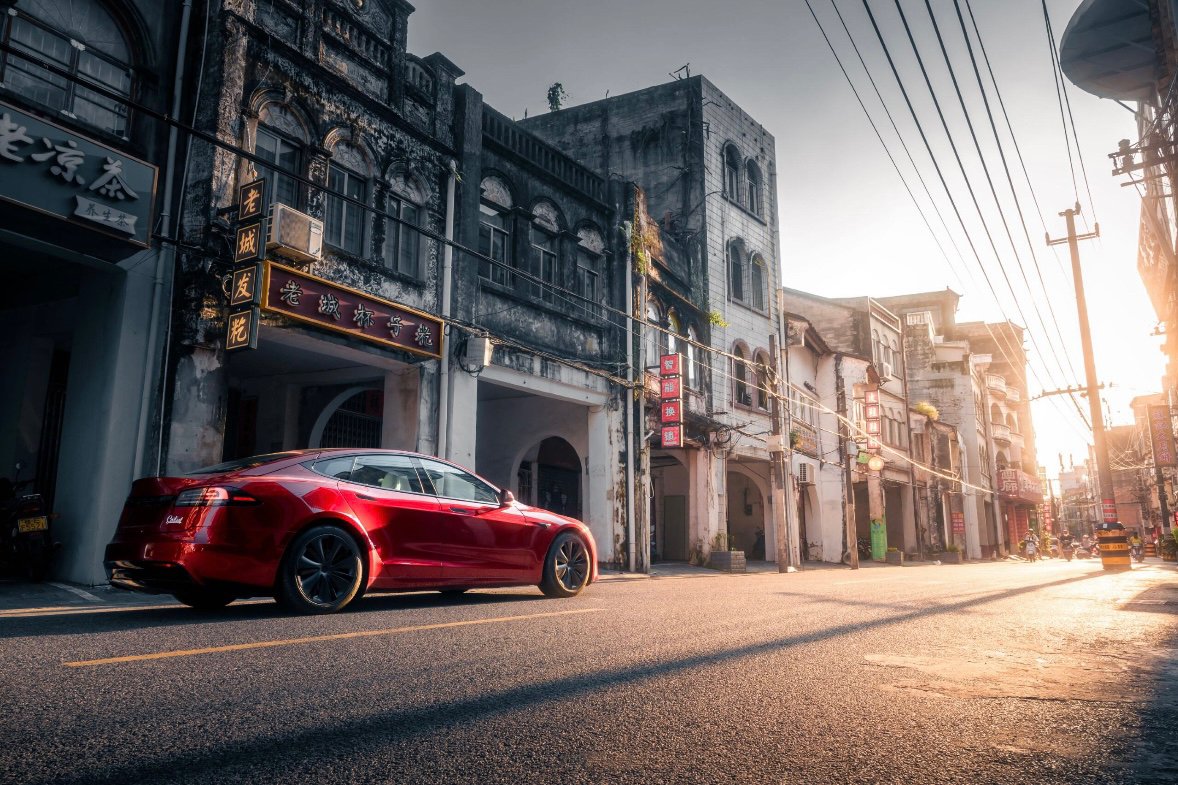
Tesla has stopped new orders of its flagship Model S and Model X vehicles in China. The update comes amidst the United States and China’s ongoing tariff war.
The updates to Tesla China’s lineup were observed by electric vehicle watchers on social media.
Tesla China Lineup Update
A look at Tesla China’s official website shows that only the reengineered Model 3 sedan and the new Model Y crossover are available for order. Customers in China are only presented with a button to “learn” about the Model S, Model X, and the Cybertruck.
As noted in a Reuters report, new orders for the two flagship vehicles have also been halted by Tesla China on its WeChat mini program account. Customers in China who wish to purchase a Model S or Model X can still do so today, but they can only acquire inventory vehicles.
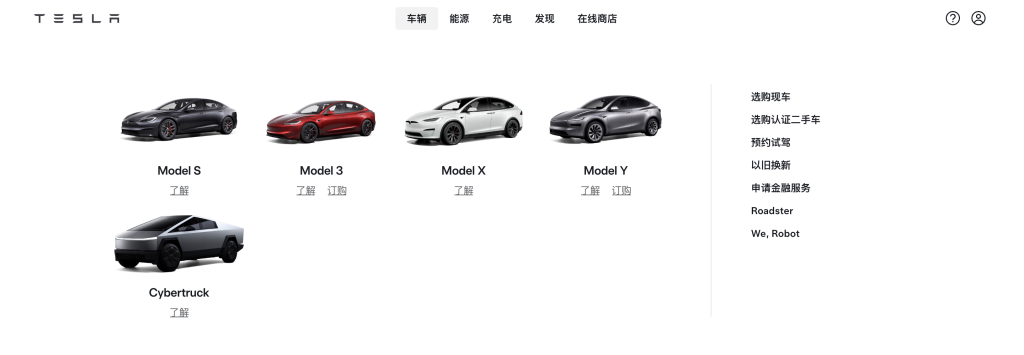
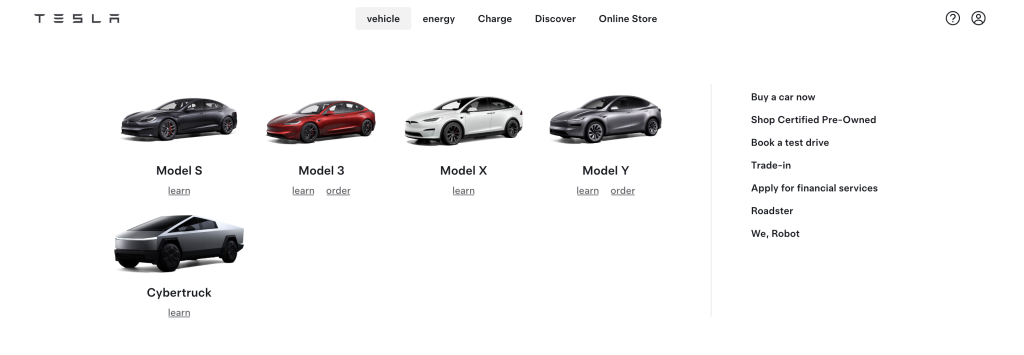
Still Imported
It should be noted that while Tesla operates Gigafactory Shanghai in China, the facility only produces the company’s two mass market cars, the Model 3 and the Model Y. Model S and Model X units are still imported from the United States, making them substantially more expensive than their locally-produced siblings.
With the Trump administration’s tariffs coming into effect, the Model S and Model X will likely become significantly more expensive for Chinese customers. On Friday, China raised its tariffs on U.S. imports to 125% in response to the Trump administration’s duties on Chinese goods, which has risen to 145%.
Not a Volume Seller
While the pause in Model S and Model X sales in China is unfortunate, the unavailability of the two flagship vehicles in the country will likely not affect Tesla’s delivery numbers this year. As per Li Yanwei, an analyst with the China Auto Dealers Association, Tesla China only imported 1,553 Model X and 311 Model S in 2024.
Considering that Tesla China saw deliveries of over 657,000 vehicles last year, the Model S and Model X only accounted for less than 0.5% of the company’s sales in the country.
-
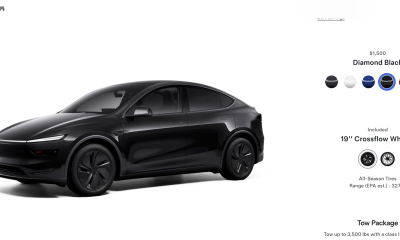
 News7 days ago
News7 days agoTesla rolls out new, more affordable trim of the Model Y Juniper in U.S.
-
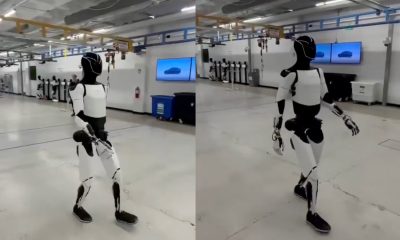
 News1 week ago
News1 week agoTesla shares Optimus’ improved walk in new update video
-
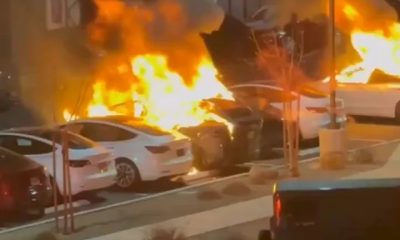
 Elon Musk2 weeks ago
Elon Musk2 weeks agoTesla vandal who lit Las Vegas repair center on fire arrested
-

 Elon Musk2 weeks ago
Elon Musk2 weeks agoElon Musk clarifies Trump tariff effect on Tesla: “The cost impact is not trivial”
-

 News2 weeks ago
News2 weeks agoTesla US Gigafactories shields from Trump’s 25% Tariffs
-
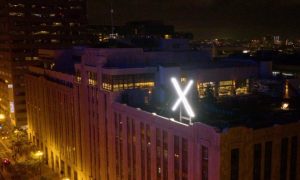
 Elon Musk2 weeks ago
Elon Musk2 weeks agoMusk says xAI has acquired X in $33 billion stock deal
-

 Elon Musk1 week ago
Elon Musk1 week agoTesla Germany reports 4,935 units sold in Q1 2025
-
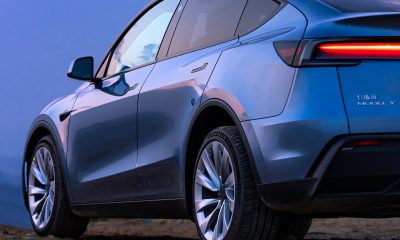
 Investor's Corner2 weeks ago
Investor's Corner2 weeks agoTesla (TSLA) shares company-compiled Q1 2025 delivery consensus

